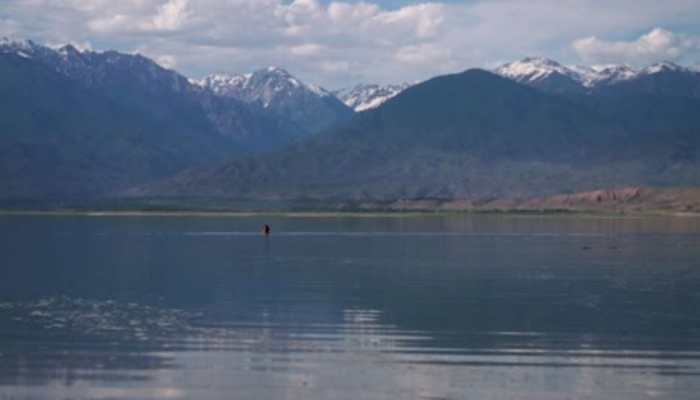Here's why NASA's big discovery of 7 exoplanets is a 'holy grail' for astronomers
Fascinatingly, at least three of the seven rocky worlds represent the “holy grail for planet-hunting astronomers” as they are firmly located in the 'habitable zone'.
Trending Photos
)
New Delhi: On Wednesday, February 22, 2017, the US space agency announced to the world about its path-breaking finding of seven Earth-like planets around a single star - a tiny, nearby, ultra-cool dwarf star called TRAPPIST-1.
Fascinatingly, at least three of the seven rocky worlds represent the “holy grail for planet-hunting astronomers” as they are firmly located in the 'habitable zone'.
Scientists said all of these seven planets could have liquid water, which is the key to life.
This is the first time that so many planets with these characteristics - under the right atmospheric conditions – have been discovered around the same star.
The new solar system was observed using NASA's Spitzer Space Telescope and the ground-based TRAPPIST (TRAnsiting Planets and PlanetesImals Small Telescope) telescope, as well as other ground-based observatories.
Here's a video featuring interviews with Sean Carey, manager of the Spitzer Science Center, Caltech/IPAC; Nikole Lewis, James Webb Space Telescope project scientist, Space Telescope Science Institute; and Michaël Gillon, principal investigator, TRAPPIST, University of Liege, Belgium.
Talking about the star, they said the newly found planetary system is relatively young and even when our own Sun has run out of fuel and our solar system is destroyed, it will still be in its early infancy.
The new solar system was named for the TRAPPIST telescope.
Stay informed on all the latest news, real-time breaking news updates, and follow all the important headlines in india news and world News on Zee News.
Live Tv







)
)
)
)
)
)
)
)
)
)
